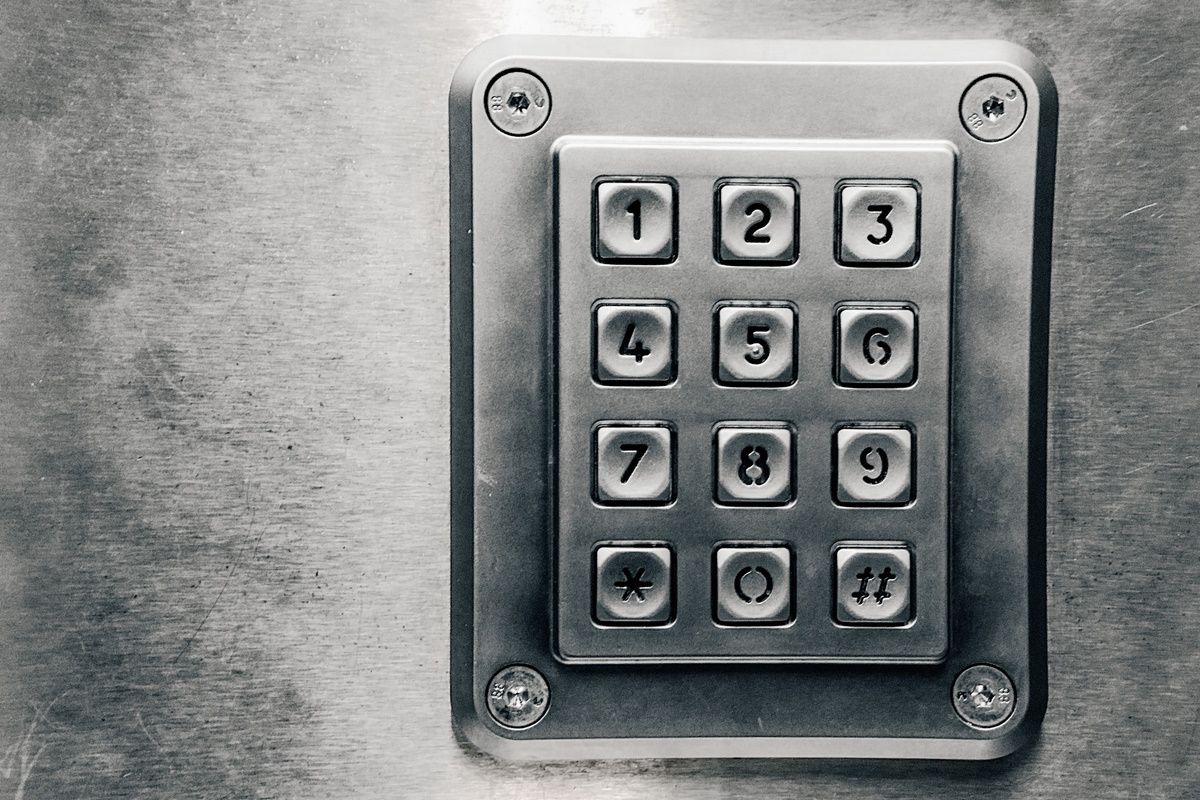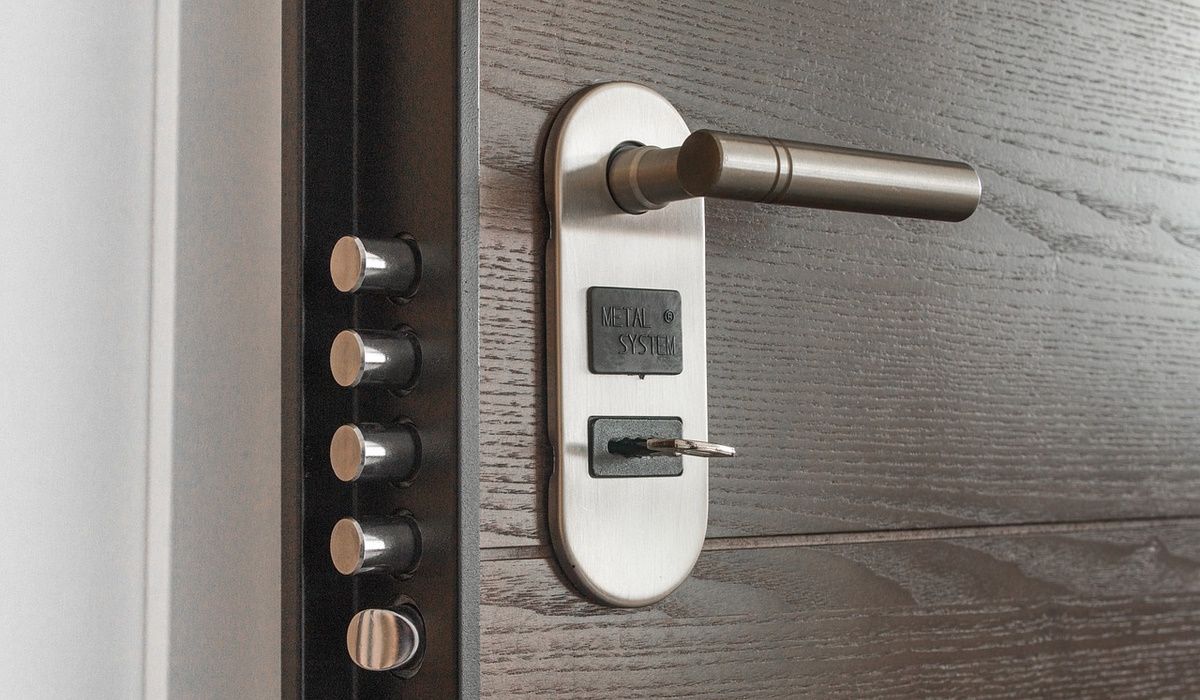Internet of Things (IoT) devices have massively increased in popularity in recent years. But this exponential growth of smart home devices has multiplied IoT security threats. Hackers are increasingly targeting IoT devices to steal data, install malware, or use them in botnets. So following IoT device security best practices has become crucial now more than ever.
Here are ways to help you secure IoT devices in your company and home.
1. Pick the Vendor That Focuses on Security
When it comes to buying IoT devices for your company or home, you should pick a vendor that focuses on cybersecurity.
If a business doesn't prioritize security, chances are the devices they provide will have security flaws that might not get patched in updates. This can leave the devices and their users vulnerable to attacks.
2. Adopt Zero Trust Security Model
In a traditional security model, a device and user must be verified and authenticated only once when it tries to connect to the network first time.
But in the zero-trust security model, each IoT device and user will be verified and authenticated whenever they try to connect to an IoT network. That way, you ensure everyone is who they say they are, and every device is authentic.
3. Implement Network Segmentation
When you apply network segmentation, you divide your network into smaller segments. And these segments work as independent networks.
So implementing network segmentation for connected IoT devices reduces the attack surface and minimizes security issues. This is because network segmentation makes it difficult for threat actors to move laterally in the network and cause severe damage.
4. Keep Your Devices Up to Date
Unpatched vulnerabilities can be an entry point for hackers to access IoT devices. So, install all firmware updates as soon as they are available, and ensure you're downloading updates from the device manufacturers' websites.
Leverage the automatic update feature on your IoT devices. If your device doesn't support automatic updates, make a schedule to check for them manually on a weekly basis.
Timely updating your IoT devices will help prevent hackers from exploiting known vulnerabilities in IoT devices.
5. Change the Default Passwords of Your Devices
If you don't change the default passwords of your IoT devices, your connected devices will be vulnerable to various IoT attacks. Hackers can easily guess the usernames and passwords of your vulnerable devices. And once threat actors take control of your devices, they can add them to an IoT botnet.
That's why it's vital you immediately change default passwords and create unbreakable passwords that you can remember.
You can also start using a password manager or generator to create and manage passwords for multiple IoT devices.
6. Strengthen Settings on Your Devices
Your IoT devices may come with default privacy and security settings. These settings often benefit device manufacturers more than you, especially when it comes to privacy.
So you should closely check your IoT devices' privacy and security settings. If you see options to strengthen privacy and security, toggle them on.
7. Disable Unused Features
Disabling unused features on your IoT devices is another way to protect your connected devices from hackers. IoT devices come with a range of features, and you may not use all those features. For example, some devices might have a web browser that's not needed in your use case.
If you activate all the available features and services on devices, it will enlarge the attack surface; threat actors will have more opportunities to exploit vulnerabilities in IoT devices.
Make a habit of periodically reviewing active features and services. If you find anything not necessary for your specific use case, disable it to reduce your attack surface.
8. Enable MFA Whenever Possible
Multi-factor authentication (MFA) is an authentication method that requires a user to provide two or more factors to gain access to a device. For example, instead of asking for only the username and password, the authentication server could ask for an additional factor like one-time passcode to grant access to the device.
If your IoT devices support MFA, you must implement it. Doing so will add an extra layer of security. But be wary of MFA fatigue attacks that, if successful, can help hackers bypass authentication.
9. Invest in a Security Solution
IoT systems are constantly on hackers' radars; implementing a powerful IoT security solution is a must to protect your IoT ecosystem.
With a capable IoT security solution, you can:
- View all IoT devices in your network and see the associated security risks.
- Implement a zero-trust policy to prevent unauthorized access.
- Keep tabs on threats and vulnerabilities.
- Prevent known and zero-day attacks with virtual patching and real-time IoT threat intelligence.
- Assess devices with weak login credentials.
Examples of good IoT security solutions include but are not limited to Microsoft Defender for IoT, Quantum IoT, and Forescout IoT security.
10. Improve Physical Security
Hackers go to any lengths to get access to your IoT devices, including entering your home or office. When securing your IoT devices, you should also consider the physical security of such devices.
Keeping your sensitive IoT devices in tamper-proof cases, adding a function that would disable connected devices when someone tempers them, and enabling only authenticated access to the sensitive devices are a few ways to amp up your IoT devices' physical security.
11. Secure Your Router
Your Wi-Fi router is a gateway between your IoT devices and the internet. Hackers with access to your router and Wi-Fi can jeopardize connected devices' security and the entire network.
So, in addition to securing IoT devices, you should also secure your router and Wi-Fi network.
Here are some quick tips to get you started:
- Change your router's default login credentials.
- Change the default SSIDs to avoid hackers guessing your router's manufacturer.
- Use WPA2 or WPA3 encryption.
- Enable your router's firewall.
In addition, you should also keep your router's firmware updated.
Protect Your Smart Home Devices to Prevent IoT Attacks
Unsecured devices connected to a network pose many security risks. With IoT devices connecting online, hackers can exploit vulnerabilities to carry out various malicious activities and even leverage access to your wider network. Take the appropriate measures to enhance the security of your IoT devices.



